How to Get Siding Replac...
- Mon to Fri: 09:00 am to 07:00 pm
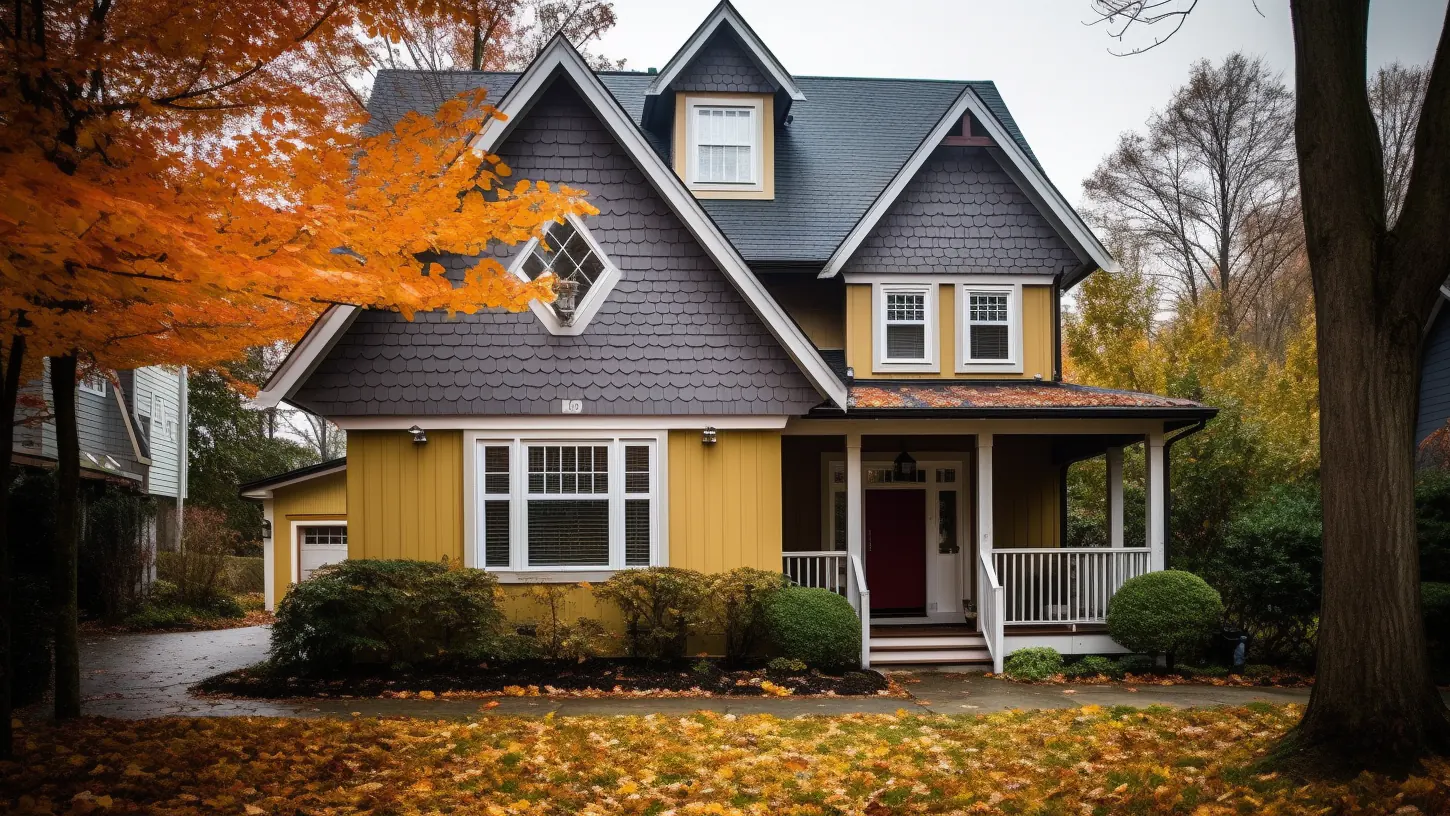
If you’re a homeowner, replacing old siding such as vinyl on your home is an inevitability at some point. But with so many options available, it can be difficult to know where to even begin. The most popular types of house siding include vinyl, fiber cement, and wood. In addition, there are other lesser-used siding materials, which we will discuss today.
Vinyl siding is the least expensive option and requires minimal upkeep, while fiber cement offers durability and extreme heat/fire resistance.
Real wood siding has a warm and timeless aesthetic but can be prone to rotting and insect damage.
The cost to replace old siding will depend on factors such as the type of house siding, size of your home and any possible insurance coverages. However, it’s important to keep in mind that investing in high-quality house siding can save you money in the long term by increasing your home’s energy efficiency and enhancing its value.
Replacing old siding is a major home improvement project that can be expensive. The cost of replacing your home’s exterior siding will depend on the type of material you choose, the size and complexity of your home, and other factors such as labor costs or installation fees. In this article, we’ll look at some common types of siding and their associated costs.
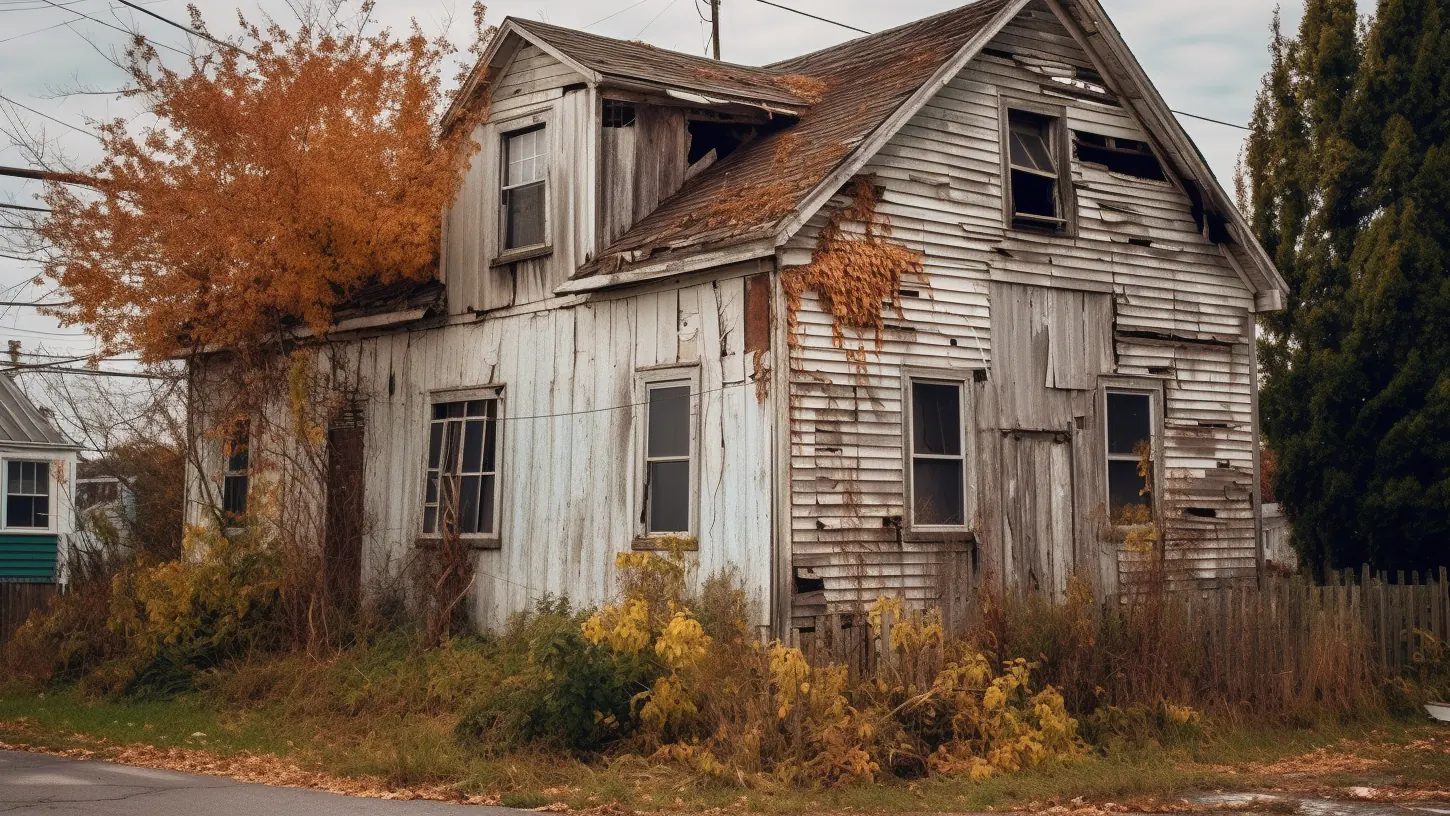
If you’re looking to replace the existing siding on your home, it’s important to understand how the price of siding cost is measured. Typically, the cost of siding is calculated per square foot. This means you’ll pay a certain amount of money per square foot of siding that you need to replace on your home.
The exact price per square foot can vary based on a number of factors, such as the type of siding you choose, the complexity of the installation, and any additional materials or labor required for the job.
When considering the cost of replacing your siding, it’s important to factor in both the price per square foot as well as any other expenses that may come up during the installation process. Ultimately, investing in high-quality siding can help improve your home’s overall appearance and increase its value, making it a smart choice for homeowners looking to make a long-term investment in their property.
When it comes to new siding materials, there is no shortage of options available in the market. The costs vary depending on the type of siding you choose. Some new siding materials tend to be more expensive and require extensive maintenance, whereas others are affordable with minimal upkeep requirements. It’s essential to consider the quality, durability, and appearance of the new siding materials before making the final decision.
Consulting with a professional siding contractor can help you evaluate the various options and the associated costs to pick the one that fits your budget and preference. Choosing the right siding materials is crucial to enhancing the curb appeal, comfort, and value of your home.
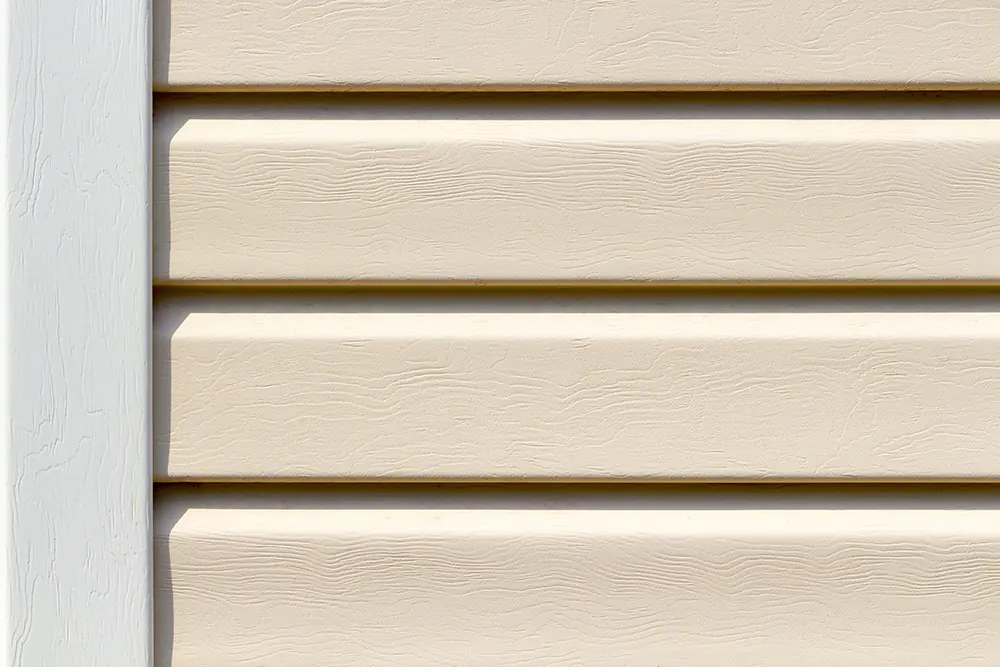
Vinyl siding has become a popular choice for homeowners due to its durability, affordability, and low maintenance. The origins of vinyl siding date back to the 1950s when it was first introduced as an alternative to stone, aluminum, steel, and concrete siding.
Vinyl siding is made from polyvinyl chloride (PVC) resin, which is mixed with various additives like pigment, stabilizers, and impact modifiers. The mixture is then extruded into panels of varying lengths and widths, and finally, the surface is embossed with a pattern to give it a wood-like grain appearance.
The manufacturing process of vinyl siding ensures that it is seamless, making it more durable, and it can be bent to fit around almost any structure, creating an exceptional protection layer around a home.
Vinyl siding is a popular choice for homeowners due to its durability, versatility, and relatively low maintenance when compared to other forms of siding. However, it is important to note that vinyl siding is not indestructible and will require replacing at some point. The per-square-foot cost of replacing vinyl siding will depend on a variety of factors such as the size of the area to be replaced, any damage or specific needs of the job, and the cost of materials and labor in the local area.
On average, homeowners can expect to pay between $3 and $8 per square foot for vinyl siding replacement, and slightly more for insulated vinyl siding. It is important to work with reputable and experienced contractors to ensure that the job is done correctly and efficiently, ultimately saving homeowners money in the long run.
This cost may seem expensive per square foot at first glance, but it is a long-term investment that can improve the general appearance, energy efficiency, and value of a home. Overall, while it may be an initial expense, replacing vinyl siding is a wise decision for homeowners seeking to update and enhance their homes.
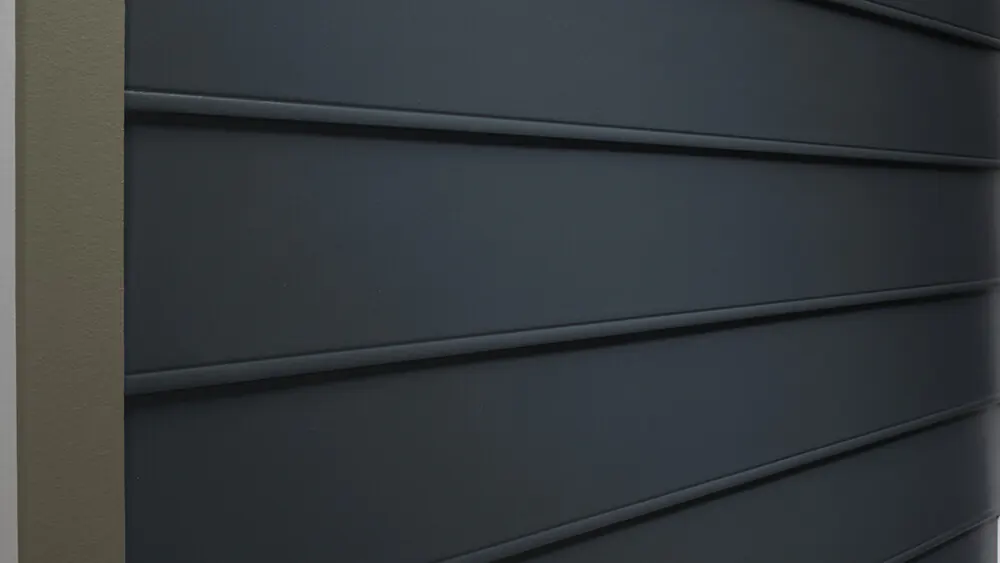
Fiber cement siding, also known as Hardie board, is a popular choice among homeowners due to its durability and low-maintenance qualities. It was invented in Austria in the 1940s as an alternative to traditional options such as stone, aluminum, steel, and concrete siding.
Composed of cement, sand, and cellulose fibers, fiber cement siding is created using a unique process known as autoclaving which involves applying high pressure and steam to the mixture.
The result is a sturdy and fire-resistant product that can withstand harsh weather conditions, making it a great option for those looking for an alternative to traditional sidings. Despite its high initial cost, fiber cement has proven to be a cost-effective and long-lasting material choice for homeowners.
Fiber cement siding is a durable and long-lasting option that offers a range of benefits compared to other types of siding. It is more resistant to damage from harsh weather or pests, as well as being fireproof and rot-resistant. Fiber-cement also has an attractive look that can be customized with various textures and colors.
Typically, the cost for fiber cement siding can range from $8 to $12 per square foot for installation. While this may seem daunting, investing in high-quality fiber cement siding replacement can increase curb appeal and protect your home for years to come. It is important to consider all the options and pricing available when considering replacing fiber cement siding.
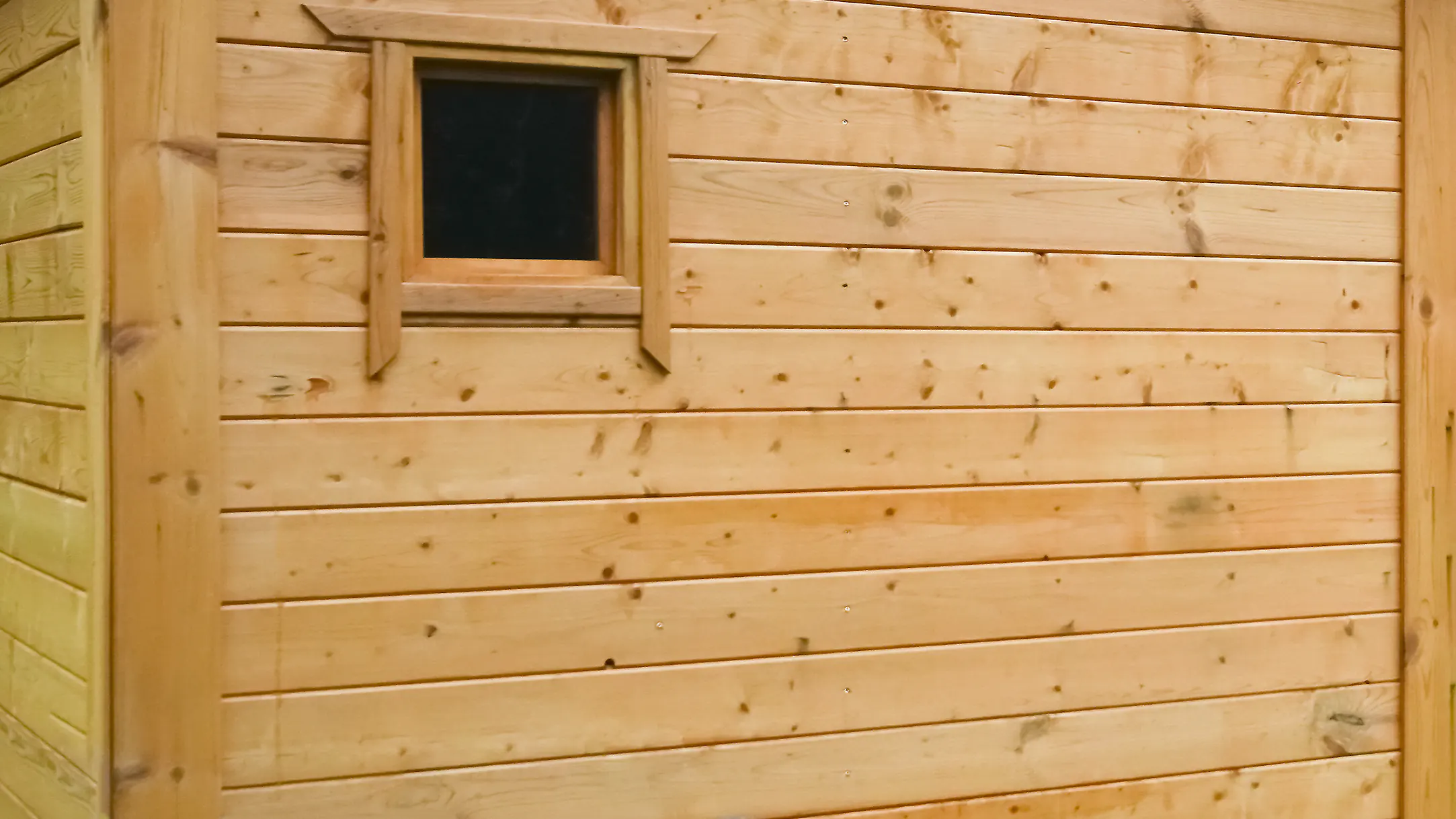
Wood siding has been used for centuries as a durable and attractive exterior finish for homes and buildings. While its exact origins are unknown, historians believe that the first wood siding was crafted by early American settlers who used the abundant timber resources available to them.
Today, wooden siding is still a popular choice for its natural beauty and versatility. To create wood siding, planks are cut from trees and treated with preservatives to prevent rot and decay. The planks are then shaped and finished to create a variety of patterns and styles. Whether it’s modern or traditional, wood siding adds charm and character to any home.
Engineered wood siding is a popular choice of engineered siding for homeowners because of its aesthetic appeal and versatility. However, over time, engineered wood siding can deteriorate and become damaged from exposure to the elements. In this case, replacing the wood siding becomes a necessary task.
The per square foot siding cost of replacing engineered wood siding varies depending on multiple factors, such as the size of the home, the type of wood used, and the complexity of the installation.
On average, a homeowner can expect to pay anywhere from $5 to $10 per square foot for new wood siding, including labor and materials. It is important to note that the cost of engineered wood siding installation may be higher in regions with colder climates, where the siding must be more durable and resistant to inclement weather.
Ultimately, the siding cost per square foot of replacing engineered wood siding can be a significant investment for homeowners, but it can also greatly enhance the beauty and value of their homes. It is advised to consult with a professional siding contractor to determine the most cost-effective and durable wood siding options for your individual needs.
Homeowners looking for alternatives to traditional vinyl, wood, and fiber cement siding options may want to consider natural stone siding, aluminum siding, steel siding, or concrete siding. Each material has its unique benefits, such as durability, fire resistance, or natural aesthetics. While often more expensive than vinyl siding or wood, the long-term cost-saving benefits make them an attractive option.
With the wide variety of options available, homeowners can choose from an array of materials and styles that can match their desired curb appeal, budget, and practical needs. All of these siding alternatives have their pros and cons, but each can be a great option for homeowners looking to switch up their home’s exterior.
When it comes to choosing the perfect siding material for your home, there are countless options available. From vinyl to wood to aluminum, each option comes with its unique set of advantages and disadvantages. Ultimately, the material that you choose will depend on your personal tastes and purposes.
Some homeowners may be looking for a classic and timeless look, while others may prioritize durability and low maintenance. Factors such as budget, climate, and overall design preferences also come into play. Regardless of what material you end up choosing, make sure it reflects your personal style and fits the needs of your home.
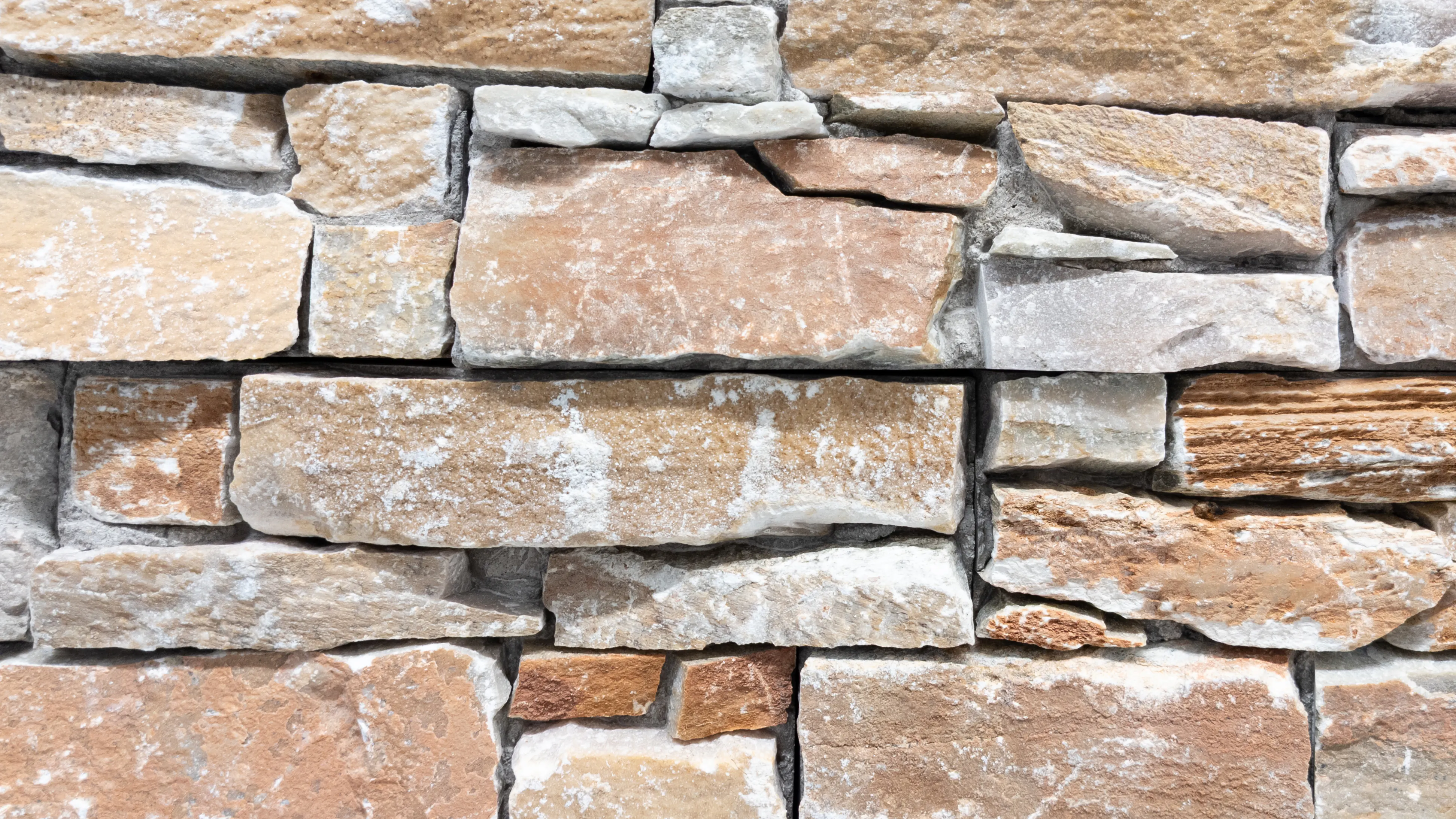
Stone siding has been around for centuries, dating back to ancient times when it was used to protect homes and buildings from the elements. Historically, stones were laid by hand to create a protective outer layer.
Today, modern technology has made the process much easier, with stone veneer being a popular choice for both residential and commercial properties. Made from various types of stone, including limestone, granite, and slate, the stone is sliced into thin pieces and then adhered to a substrate, such as cement or foam, to create a realistic-looking finish that can withstand harsh weather conditions. The result is a durable, low-maintenance siding option that adds natural beauty and value to any home or building.
Stone siding is a sophisticated and elegant option made out of solid stone that can bring timeless beauty to any home. This type of siding is also incredibly durable and requires little upkeep over time, making it a great investment for the long term. However, stone costs can be expensive due to its weight and the complexity of installation.
On average, homeowners will spend anywhere from $15 to $30 per square foot for new stone siding installation. It is important to keep in mind that the cost of labor and materials may be higher in certain areas, so it is advised to consult with a professional before starting any project.
Overall, while the initial siding cost may seem daunting, investing in high-quality stone siding is a wise decision for those who want to add timeless beauty and value to their homes.
No matter what type of siding you are looking to replace, it is important to work with experienced contractors and research the best material options for your specific climate and budget. Replacing existing siding can be an expensive endeavor, but investing in durable, high-quality siding can increase the beauty, value, and energy efficiency of your home. By considering all the options and pricing available, you can make an informed decision that will best suit your individual needs.
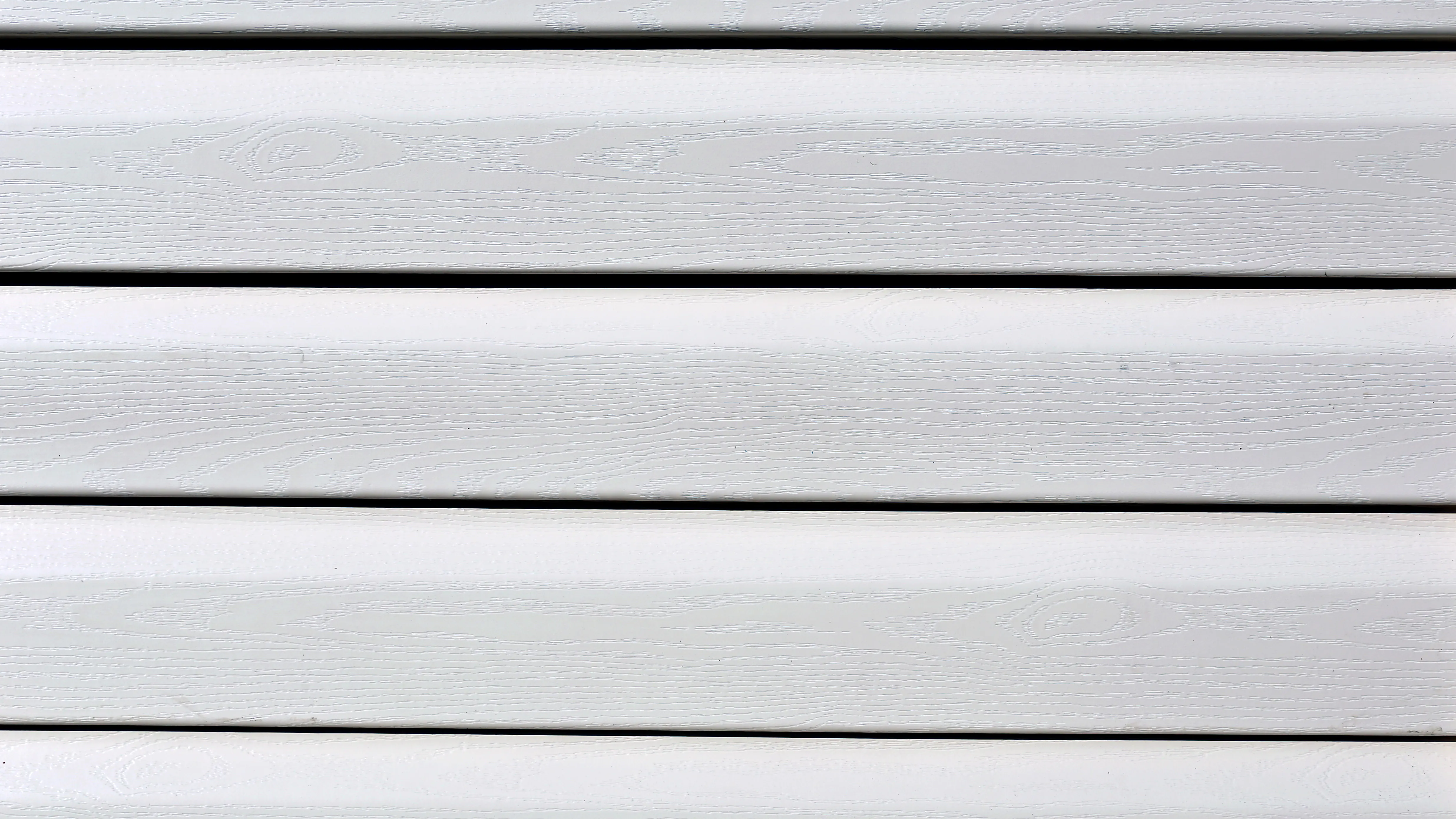
Aluminum siding is the sleek, low-maintenance exterior cladding we see on many modern homes today. The origins of aluminum siding can be traced back to the early 20th century when it was first manufactured for industrial use as a lightweight, rust-resistant metal. Its use extended to homes in the 1930s as a more durable alternative to traditional wood siding.
Today, aluminum siding is produced through a process called extrusion, where aluminum is heated and pushed through a machine to form long, thin sheets. These sheets are then coated with various colors and textures before being installed on homes. Thanks to its durability, affordability, and modern appearance, aluminum siding remains a popular choice among homeowners and builders alike.
Aluminum is a lightweight, low-maintenance option that offers a modern look to any home. It is also fire and water-resistant, making it an attractive choice for regions with harsh climates.
The average cost of installing aluminum varies depending on its thickness and quality but typically ranges from $6 to $10 per square foot. Additionally, labor costs can add up quickly with aluminum siding installation, so it is important to factor these into the overall cost.
Overall, the cost of aluminum may be a more expensive option than vinyl siding costs or wood siding costs, but it’s durability and lower maintenance requirements make it a great long-term investment for homeowners looking to update their home’s exterior.
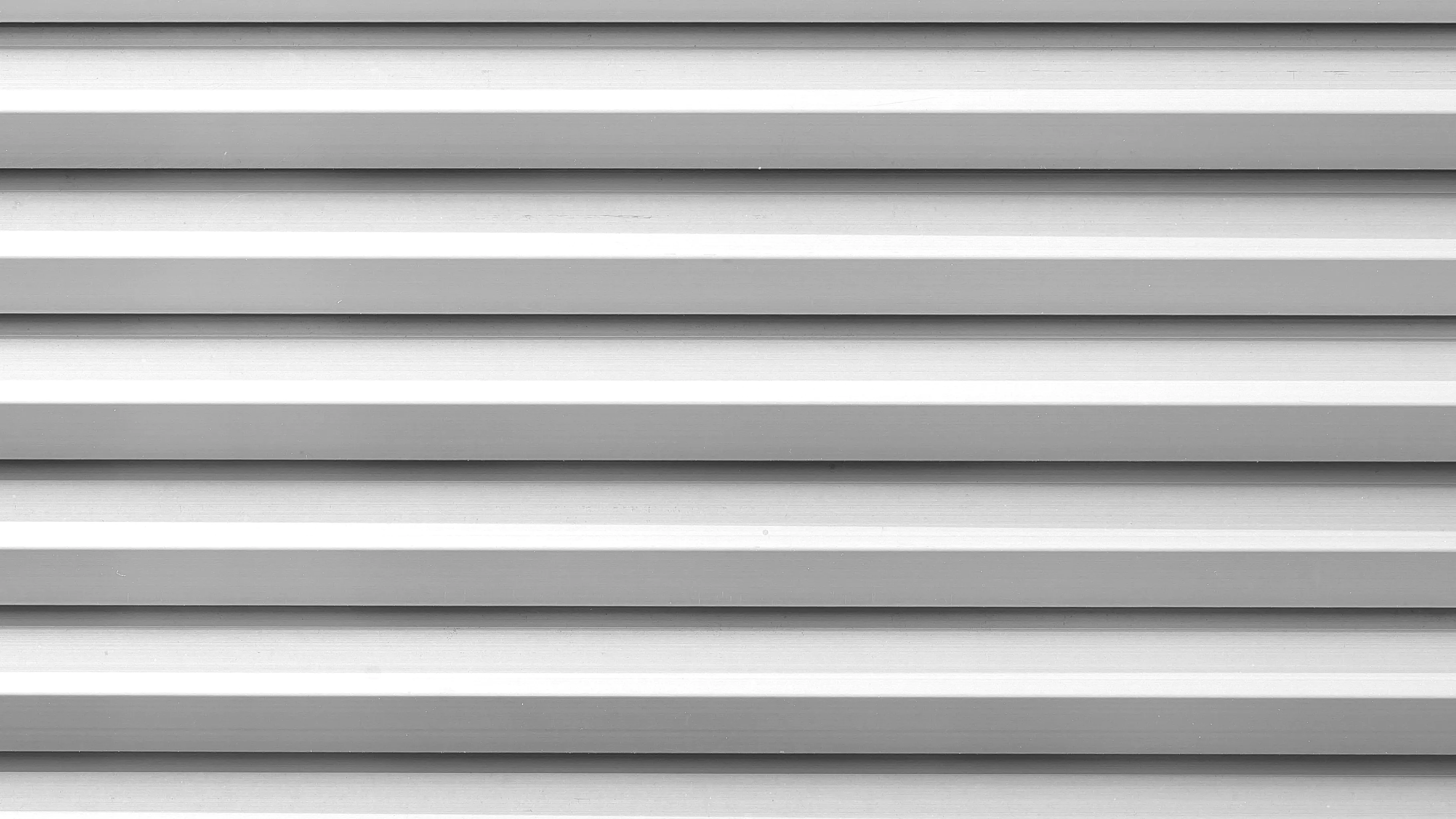
The origins of steel siding date back as early as the 1930s, when aluminum siding was introduced to the market. However, it wasn’t until the 1960s that steel siding began to gain popularity.
Steel siding is made from galvanized steel that undergoes a process where a layer of zinc is applied to protect against rust. The steel is then coated with a durable finish that provides protection against harsh weather conditions. This process creates a product that is not only visually stunning but also incredibly resilient.
Steel siding is a great alternative to other more traditional materials, offering durability and fire resistance. It also requires very little upkeep and can last for decades with proper maintenance.
The cost of installing steel siding will depend on the size of the area being covered, materials used, labor costs, and other factors. On average, homeowners can expect to pay anywhere from $7 to $10 per square foot for steel siding installation.
Overall, steel siding may be a more expensive option than vinyl or wood, but its durability and fire resistance make it a great long-term investment for homeowners looking to update their home’s exterior with a modern look.
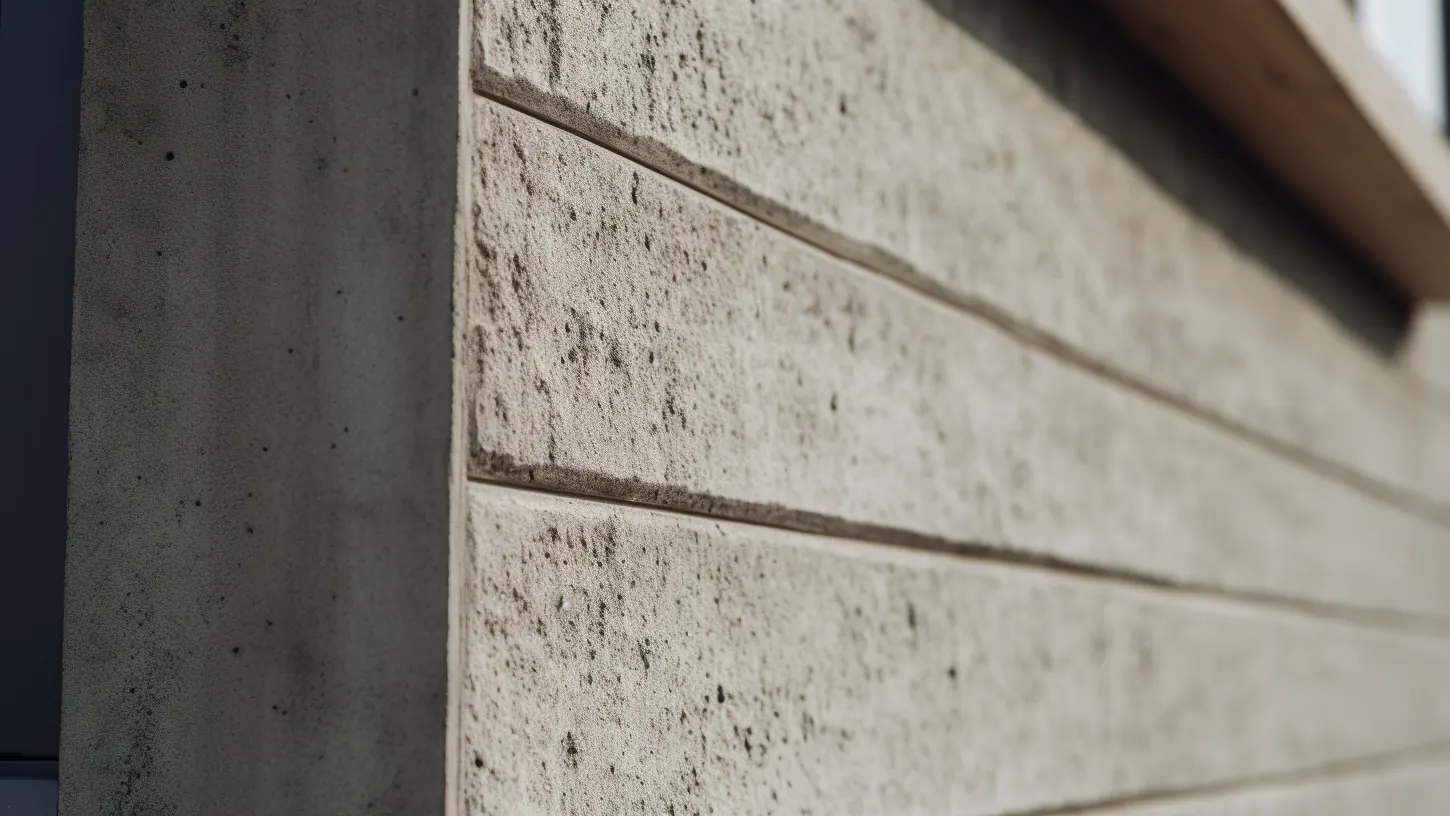
Concrete siding has come a long way over the years, with its origins dating back to the early 1900s. Formed from a mix of sand, cement, and water, concrete siding is an incredibly durable and energy-efficient alternative to traditional siding materials.
The process of making concrete siding starts with the creation of a mold. Once the mold is created, the concrete mixture is poured into it and allowed to cure. After curing, the hardened concrete is removed from the mold and cut into the desired shape and size.
The result is a beautiful and long-lasting siding option that is perfect for any home or building. And with the added benefits of being insect, fire, and weather-resistant, concrete siding is a smart investment for any homeowner looking to improve the functionality and aesthetics of their property.
Concrete siding is a durable and eco-friendly option that is quickly gaining popularity among homeowners looking for an alternative to traditional wood or vinyl siding. Concrete siding requires minimal maintenance and can last for decades with proper care.
The average cost of installing concrete siding varies greatly depending on the type of material used, the size of the area being covered, labor costs, and other factors. On average, homeowners can expect to pay anywhere from $7 to $15 per square foot for concrete siding installation.
Overall, while the initial cost may be higher than traditional materials such as wood or vinyl, investing in high-quality concrete siding is a wise decision for those who want to add timeless beauty and value to their home. Concrete is also a great option for environmentally conscious homeowners, as it can help reduce heating and cooling costs, lowering energy costs in the long run.
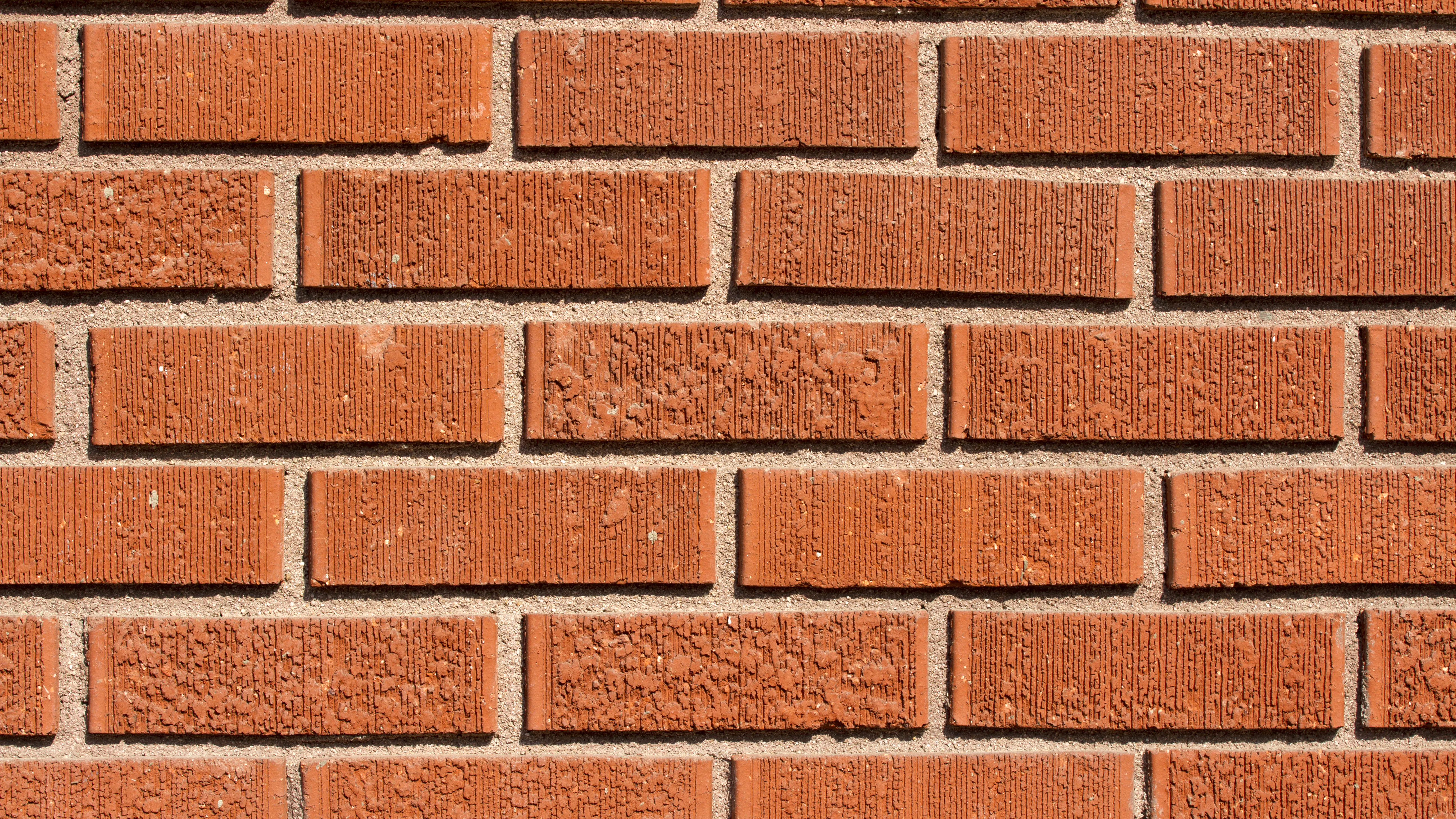
The origins of brick siding can be traced all the way back to ancient times when people used clay bricks as a form of insulation and protection from the elements. Today’s brick siding is made with a variety of materials, including concrete and stone, but its basic concept has remained unchanged for centuries.
Brick siding is produced by first preparing a brick mix of cement, sand, and water. This mixture is then poured into molds and allowed to cure for several days. Once the bricks have cured, they are cut into the desired shapes and sizes and laid out on a surface. The bricks are then dried in a kiln for several hours, giving them their signature color.
The result is a strong, durable siding option that can withstand the elements for decades. With its timeless beauty and classic look, brick siding is a great choice for homeowners looking to add a touch of charm and elegance to their home’s exterior.
The cost of installing brick siding varies greatly depending on the size of the area being covered, materials used, labor costs, and other factors. On average, homeowners can expect to pay anywhere from $8 to $15 per square foot for brick siding installation.
Overall, while the initial cost may be higher than traditional materials such as wood or vinyl, investing in high-quality brick siding is a wise decision for those who want to add timeless beauty and value to their home. Brick siding requires minimal maintenance and can last for decades with proper care, making it a great long-term investment.
Replacing old siding can be a big investment, but it is an important part of maintaining and improving the appearance and value of your home. It is essential to consult with professional siding contractors to determine the most cost-effective solutions for your individual needs.
Ultimately, investing in quality siding material can help increase the curb appeal and value of your home. Additionally, proper installation and maintenance of new siding can help ensure the longevity of your investment.
Making the right decision on new siding material is an important step in ensuring that your home looks great and stands up to the elements for many years to come. With careful research and consultation with a professional siding contractor, homeowners can make an informed decision on new siding material that will match their individual needs, preferences, and per-square-foot budget.
If you have any questions do not hesitate to reach out to us! We are always happy to help!